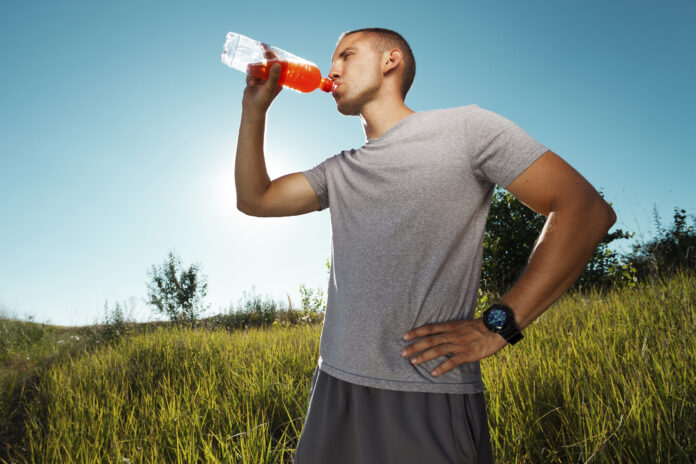
After intense physical activity in the mountains or playing sports, it is common to see people consuming sports drinks, also called isotonic drinks. But what will be the difference between these drinks and other liquids? They are, in fact, practical options for replenishing water and minerals, lost during physical activity.
The correct hydration is fundamental for the proper functioning of the organism and depends on the adequate consumption of the drink before, during, and after the practice of any physical activity, regardless of its duration. We need to hydrate ourselves to maintain a peak in any type of exercise. During the practice of an hour of intense exercise, the loss of fluid through sweat and breathing can reach volumes greater than 1 liter.
The isotonic drinks found on the market were developed to prevent dehydration and improve sports performance. The term isotonic refers to tonicity, that is, the ionic concentration of a liquid in relation to the blood. That means that the composition of this liquid has a concentration of molecules similar to the fluids in our body and, therefore, its substances can be incorporated and transferred to the bloodstream.
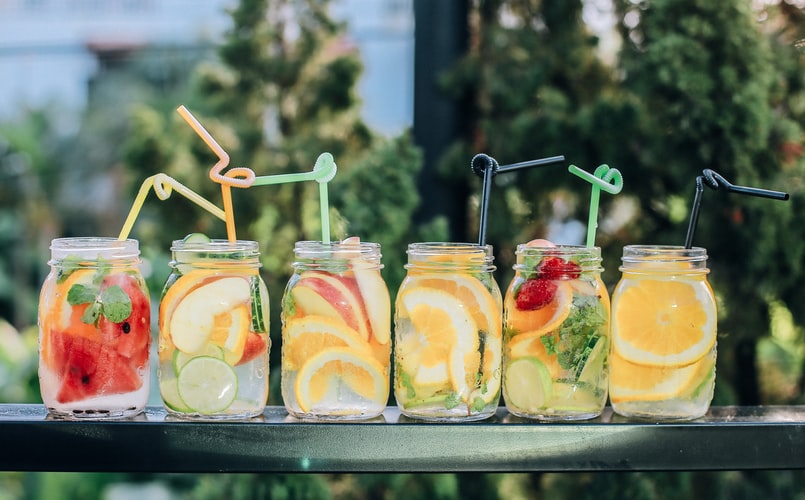
Isotonic drinks include homemade whey, coconut water, and industrialized Gatorade, sports drink, marathon, sports, all sport, or Powerade (some of them offered in the powder version). They can be consumed by practitioners of physical activity, but pregnant women, breastfeeding, hypertensive, diabetic, celiac, and people with kidney diseases should not consume the industrialized product without strict medical advice.
Coconut water is considered one of the best natural isotonic because it has several electrolytes such as sodium, potassium, phosphorus, and chlorine, enabling faster absorption, recovering mineral losses, as well as carbohydrates, proteins, fats, vitamins, and fibers.
Because the concentration of molecules is lower than that of blood (low osmolality), pure water is considered a hypotonic drink. It has very few ions. Unlike isotonic, they are low in carbohydrates. It is a good option to be used after heavy exercises, which need fluid replacement, but without carbohydrate reinforcement.
The essential thing is not to go without drinking fluids after exercising. Our body has a very large capacity to adjust osmolarity, increasing or decreasing the amount or concentration of urine, for example, or with other changes in your metabolism.
Table of Contents
How Many Types of Energy Drinks Are There?
Sports Drinks
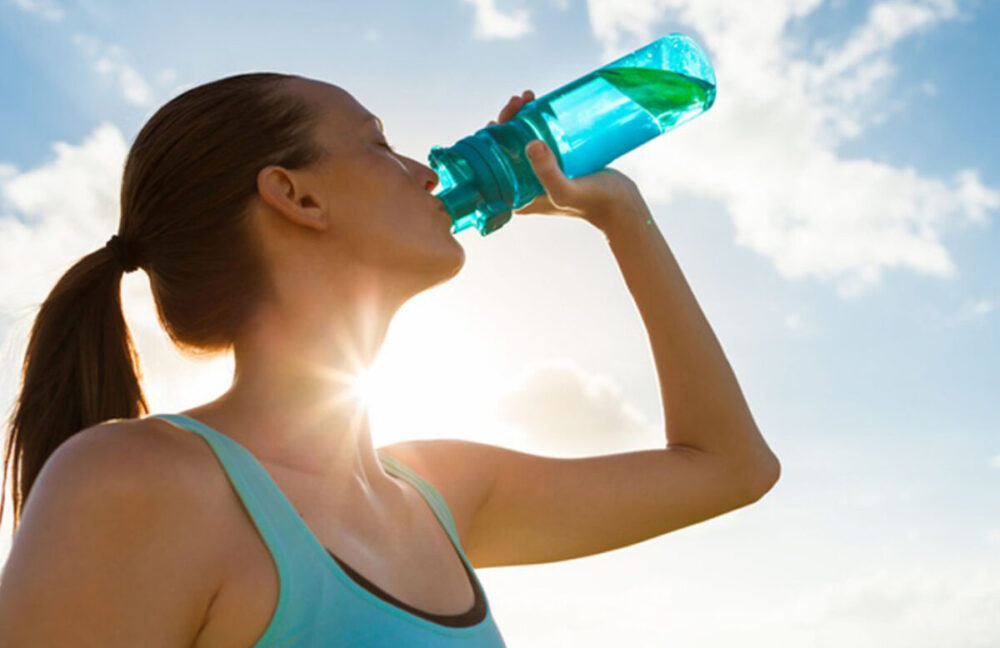
Sports beverages might be useful for teenagers who:
• do vivacious physical movement enduring longer than 60 minutes, for example, significant distance running and biking
• play high-power sports, for example, soccer, ball, or hockey
These beverages contain starches (sugar), which can give a prompt wellspring of vitality when the body saves spent. Sports drinks likewise have electrolytes like sodium and potassium, which the body loses through perspiration. These keep the body’s liquid levels in equalization and assist muscles with working appropriately.
Be that as it may, easygoing competitors needn’t bother with sports drinks. For the vast majority, plain water is all they need.
Nutrient Waters
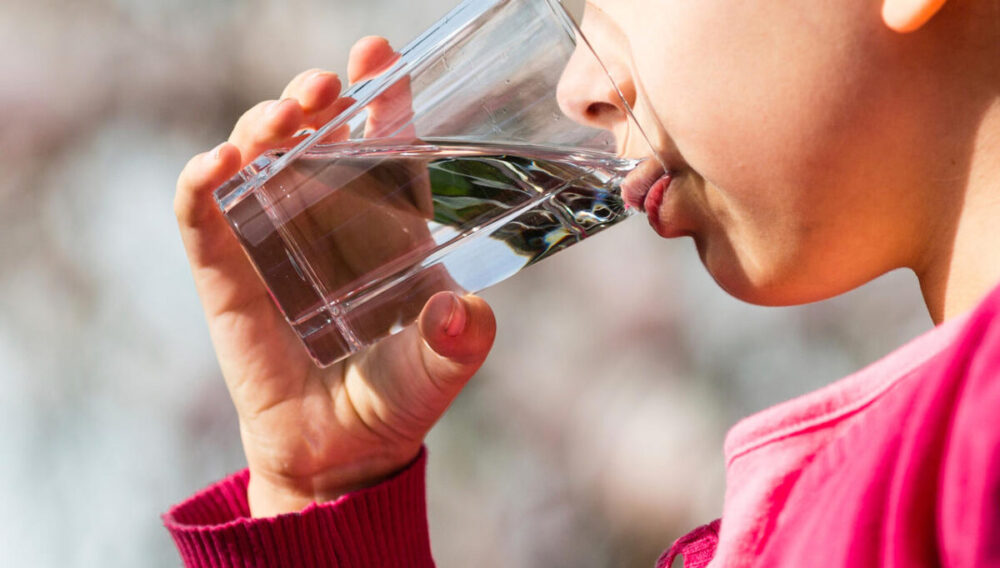
These beverages, otherwise called wellness waters or upgraded waters, come in numerous flavors and with different mixes of supplemental nutrients and minerals. They may have sugar, fake sugars, caffeine, or natural fixings.
Nutrient waters may seem as though a snappy method to fill any sustenance holes in your eating regimen. Be that as it may, it’s ideal to get these supplements from sound dinners and bites. Additionally, these beverages can give a lot of certain nutrients and minerals, particularly in the event that you as of now take a day by day multivitamin. Getting more than the suggested every day recompense of certain nutrients and minerals can be unsafe.
Likewise, some nutrient waters have homegrown fixings. The impacts of numerous homegrown fixings, (for example, ginseng or St. John’s wort) haven’t been concentrated in children and teenagers.
Energy Drinks
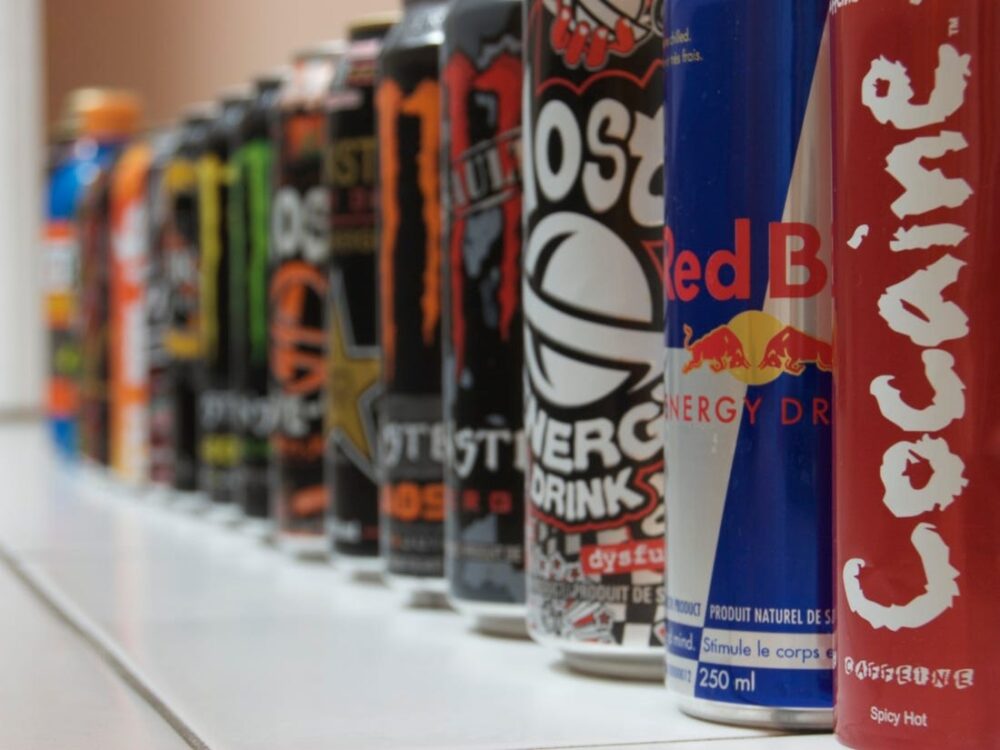
Another type of drink that is increasingly gaining the support of different audiences is the so-called energy drink, which stimulates the metabolism and aims to provide energy. There are many brands found in the market. These drinks contain substances such as caffeine, methylxanthine, and vitamins of the b complex, in addition to herbal components such as guarana, taurine, ginseng, maltodextrin, inositol, carnitine, creatine, glucuronolactone, and ginkgo Biloba. While some versions contain high levels of sugar, others are artificially sweetened.
Initially, the energy drink was developed for the night crowd, who wanted to spend the night dancing. Today the consumer profile is more comprehensive: young people, students, and even athletes, of different ages, make use of this drink for the most diverse purposes. Participants in adventure racing or long-term races, for example, have consumed these drinks during competitions and training to stay awake or seek better performance. Although energy drinks are not harmful if used in moderation, with medium orientation or inappropriate situations, it is important to know how to choose brands that do not present abusive concentrations of any substance, in addition to understanding how the body can react to their use.
If you want to know more about healthy energy drinks visit liquidhelpenergy.com.
How to Pick the Best Healthy Energy Drinks?
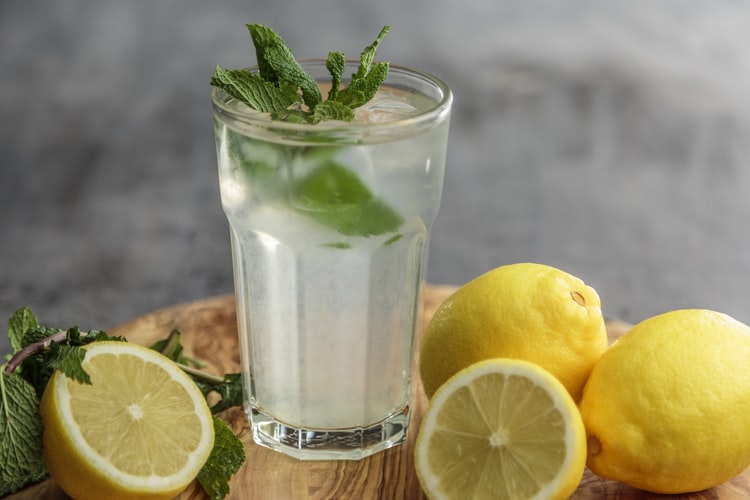
When shopping the passageways for an energy drink, there are sure healthful and fixing professes to pay special mind to.
• Added sugar: Roussell says to search for one that “In a perfect world has zero [sugar], however unquestionably under 10 grams for every 8-ounce serving. In case you’re going higher than that, I would just utilize it preceding activity.”
• “Energizing” nutrients: When it comes to energy drinks sustained with nutrients and cancer prevention agents, Roussell says they’re not going to make a big deal about a distinction in giving you vitality. In any case, B nutrients are fundamental for changing over food into vitality. B nutrients are placed in many energy drinks since they are required for our body to separate and utilize the vitality found in the nourishments we eat. Yet, more B nutrients don’t cause your body to do this better, and it isn’t something that you can feel,” Roussell clarifies.
• Health-boosting adaptogens: Some energy drinks likewise imbue certain cell reinforcements, minerals, and adaptogens to decrease muscle touchiness, improve intellectual capacity, and advance quietly. Be that as it may, Roussell helps us that the advantages to remember these wellbeing sponsors are constrained.
• Caffeine: as far as how much caffeine you can appreciate day by day, it’s ideal to constrain your admission to close to 400 milligrams. “Everybody ought to be insightful of the measure of caffeine that they’re expending, as everybody has an alternate degree of affectability to it,” Roussell says.





